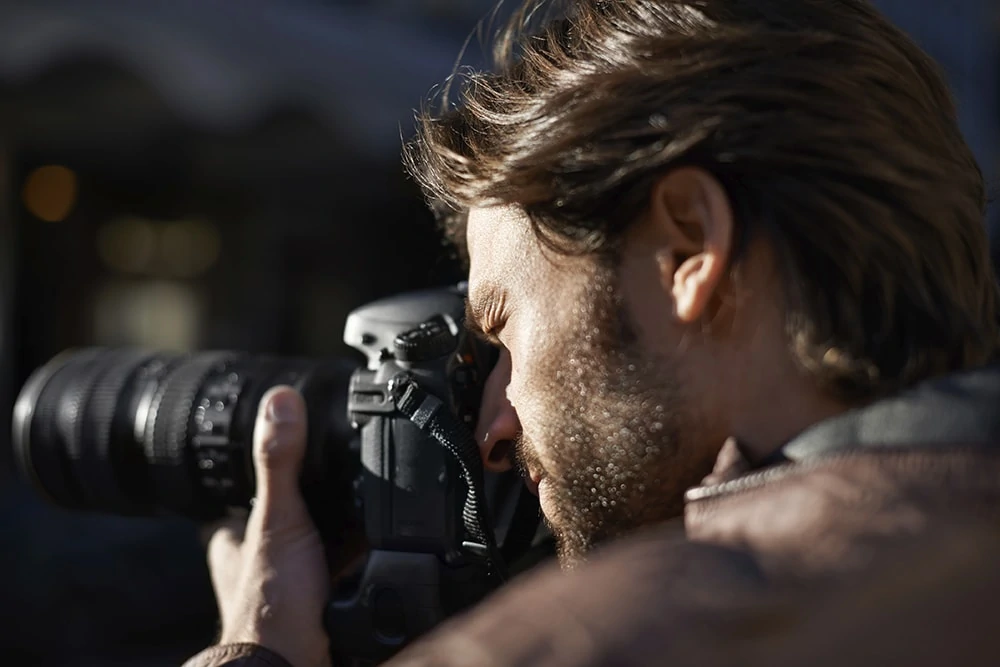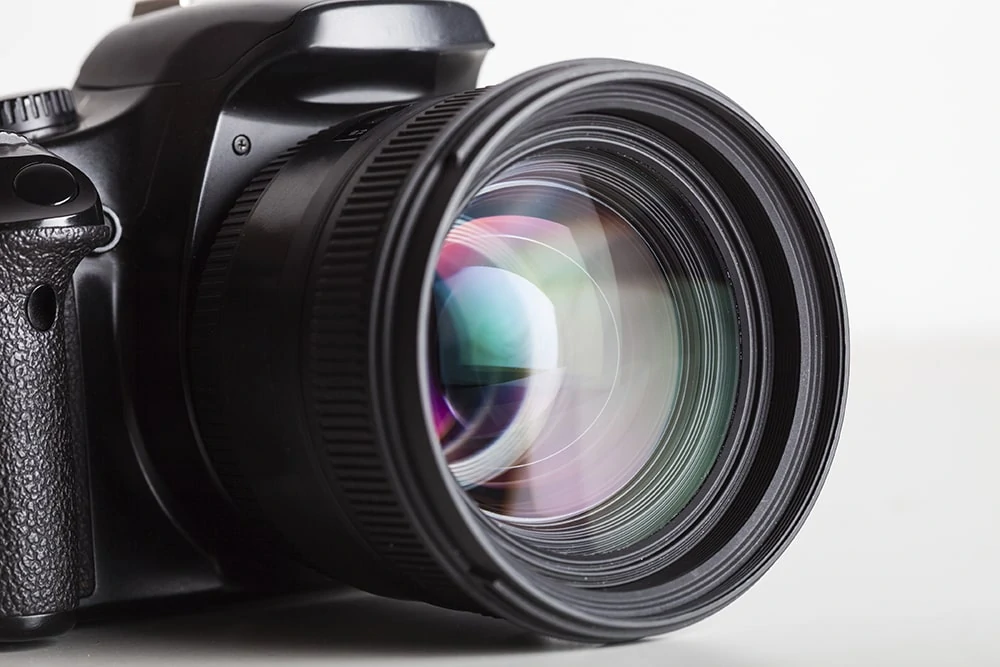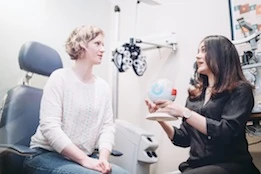LASIK For Photographers

By eliminating the hassle of glasses or contacts, LASIK for photographers makes it easier and more comfortable to handle cameras, especially the small digital cameras that are increasingly popular among professionals, and the compacts and even smartphones used by enthusiastic amateurs.
“Photography is all about eyesight—and it’s also about removing obstacles between the photographer and what he [or she] sees,” says Dr. Eric D. Donnenfeld, M.D., F.A.C.S., and member of the Refractive Surgery Council. “LASIK for photographers can be a boon because it removes barriers and makes the act of taking pictures much easier.”
Many photographers need vision correction, and for decades, many have relied on eyeglasses or contacts. But contact lens wearers can be hampered by dust, sand, water or other harsh environmental conditions that photographers often encounter. Glare can be a problem for contact lens wearers as well.

But less expensive cameras—including compact models increasingly favored by professionals as well as amateurs—often have small viewfinders that offer little eye relief. Many of these cameras offer electronic displays that can be hard to read in bright light—a disadvantage for contact lens wearers and a challenge for everyone who needs vision correction.

Dr. Donnenfeld advises that LASIK is surgery, and needs to be taken seriously. Not every person is a good candidate, and there can be risks and side effects. Choosing a good surgeon—an experienced one who is not necessarily the least expensive—is important. Resources available on the Internet, including the Refractive Surgery Council, can help photographers explore LASIK and learn what questions to ask when they consult with a surgeon.
“Photographers considering LASIK who turn out to be good candidates for LASIK and who undergo the procedure will need to go through an adjustment period,” says Dr. Donnenfeld. “In particular, night vision may be affected until the eye fully heals. But once healing is complete, the improvement in vision and the added convenience can make photography a much more pleasurable experience.”




